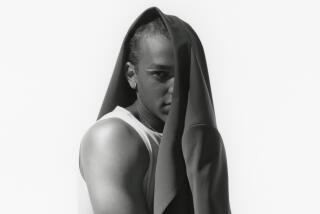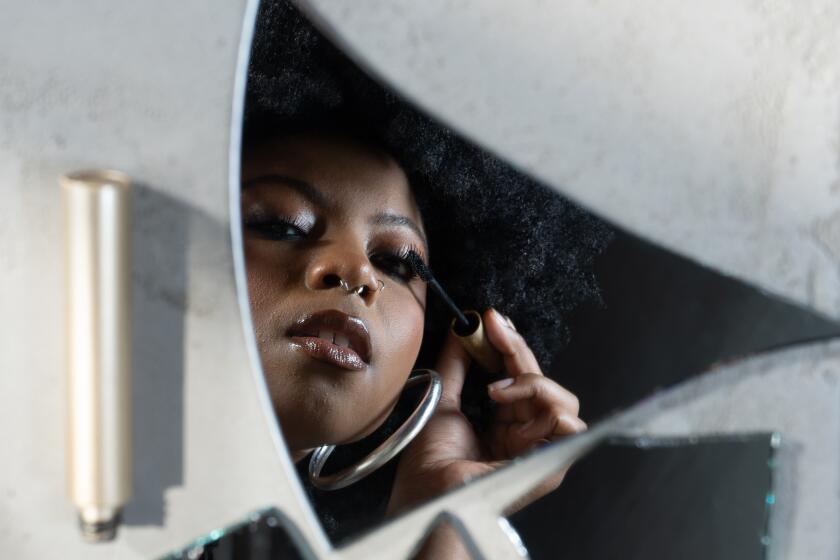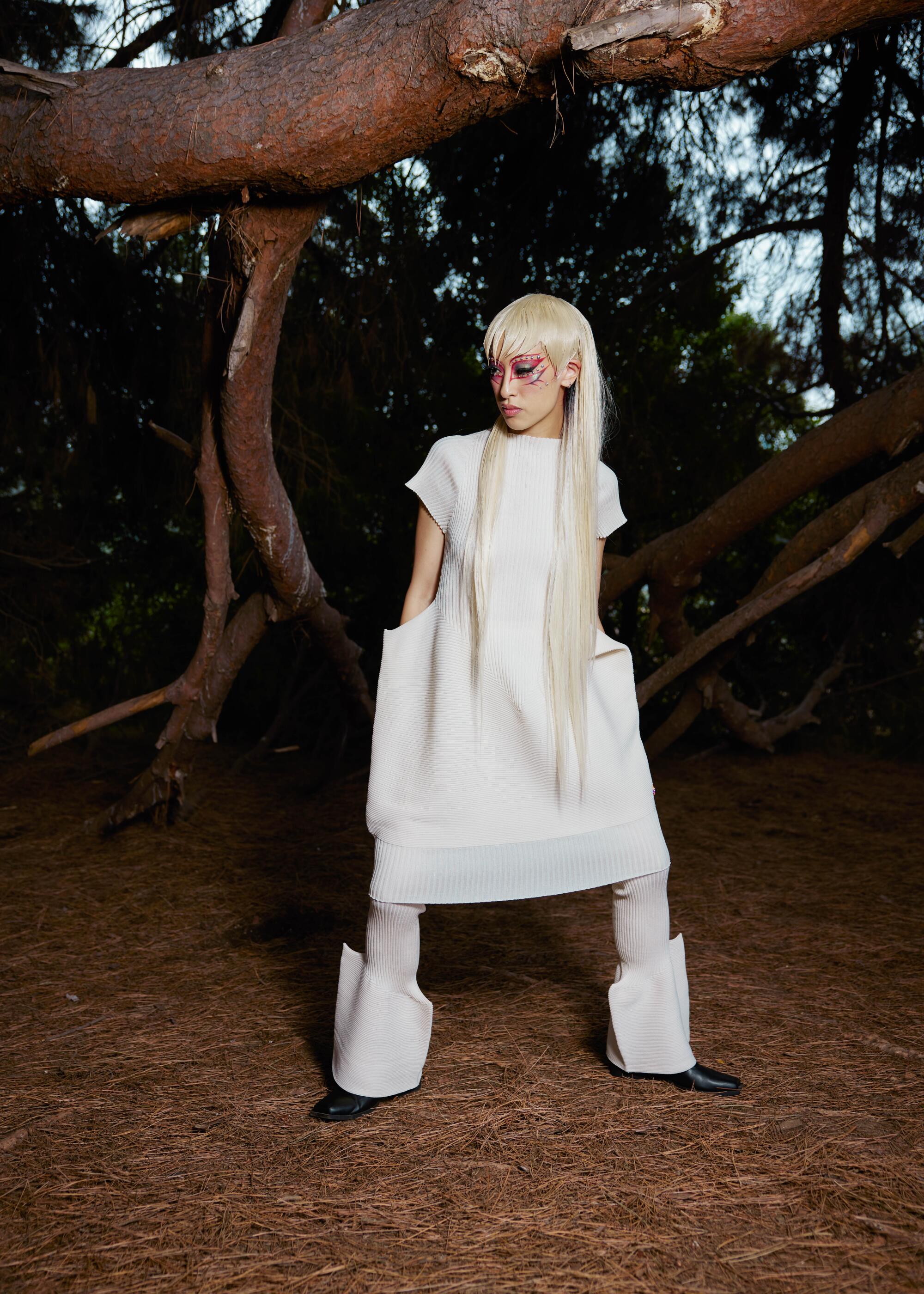
I have been an Issey Miyake evangelist for many years now. I’m one of many: The designer has been a longtime favorite of artists, musicians, architects, gallerinas and tech entrepreneurs. The first thing I bought was a T-shirt from a Japanese vintage store in Williamsburg called About Glamour. It’s simple but contains his trademarks — a knit pattern made of oblique triangles in variations of milk chocolate brown and white to produce an Escher-like effect. His pleats, specifically from the Homme Plissé line, are a fixture of my wardrobe. This summer I had many weddings to attend and suits that no longer fit. My more stylish boyfriend suggested we go to the Issey Miyake store in Manhattan to look for a jacket. I tried on blazers of various lengths and colors before deciding on a black one, slightly cropped to the top of the hip, to wear with pants I already owned, drapey and also cropped, at midshin. They were pants that I would wear during the day with a ribbed tank and sneakers, but with the jacket, a white button-down and tabi loafers, the ensemble looked more mischievous schoolboy — formality with a smirk.
I was happy not to wear a traditional suit. Western patternmaking follows the curvature of the body, so it works as both enhancement and restriction. Sartorial glamour is tied to the tasteful presentation of an idealized shape — hence corsets, bustiers, shoulder pads, belts and cummerbunds. Tailoring a suit is to personalize the uniform of masculinity to one’s body: how to achieve a V-shaped taper, or create the illusion of such. Putting on a suit is like wearing modern-day chainmail. It’s the language of power — the disguise of Clark Kent and white-collar criminals. But deviate and you can be laid low. Paradigms can be unforgiving.
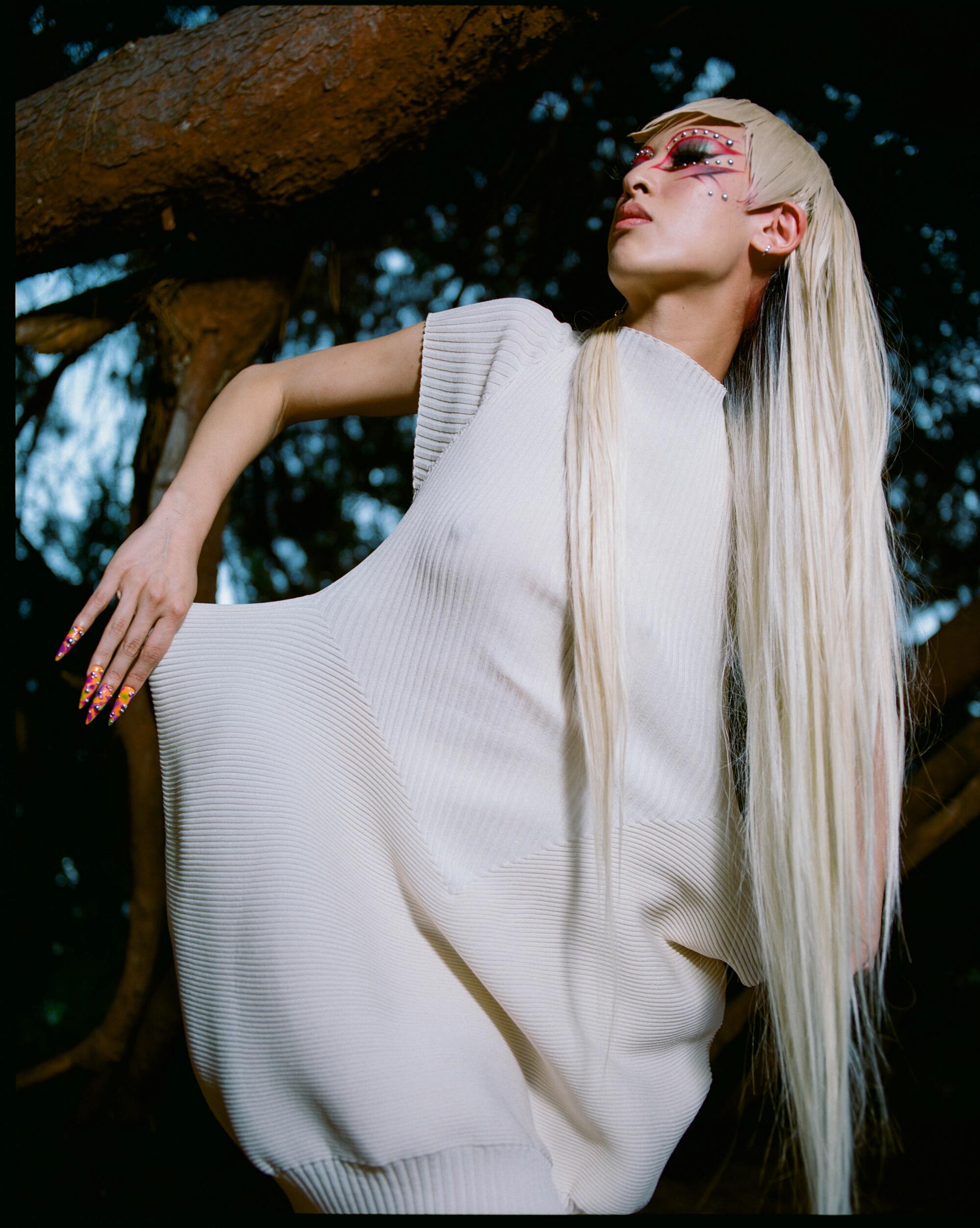
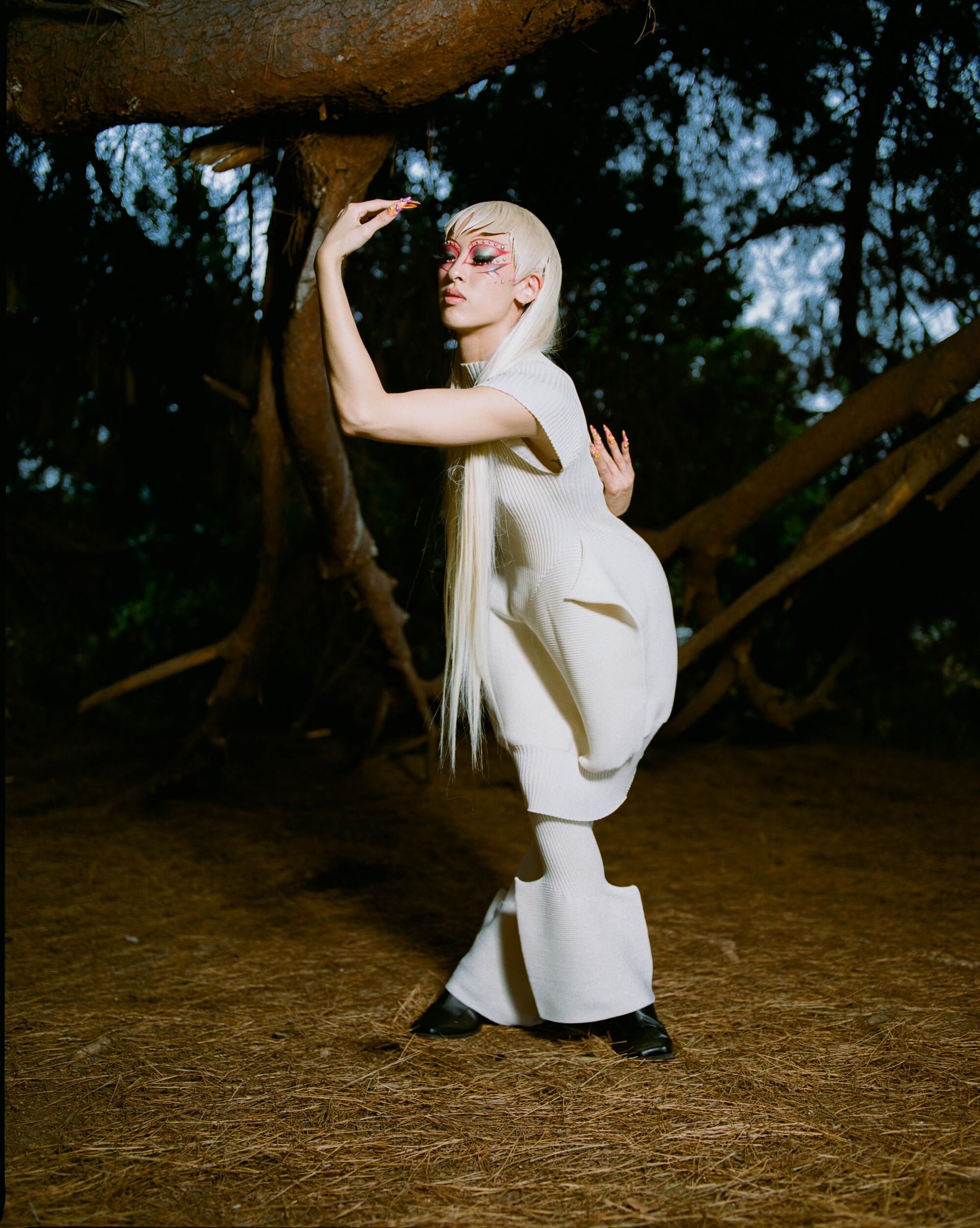
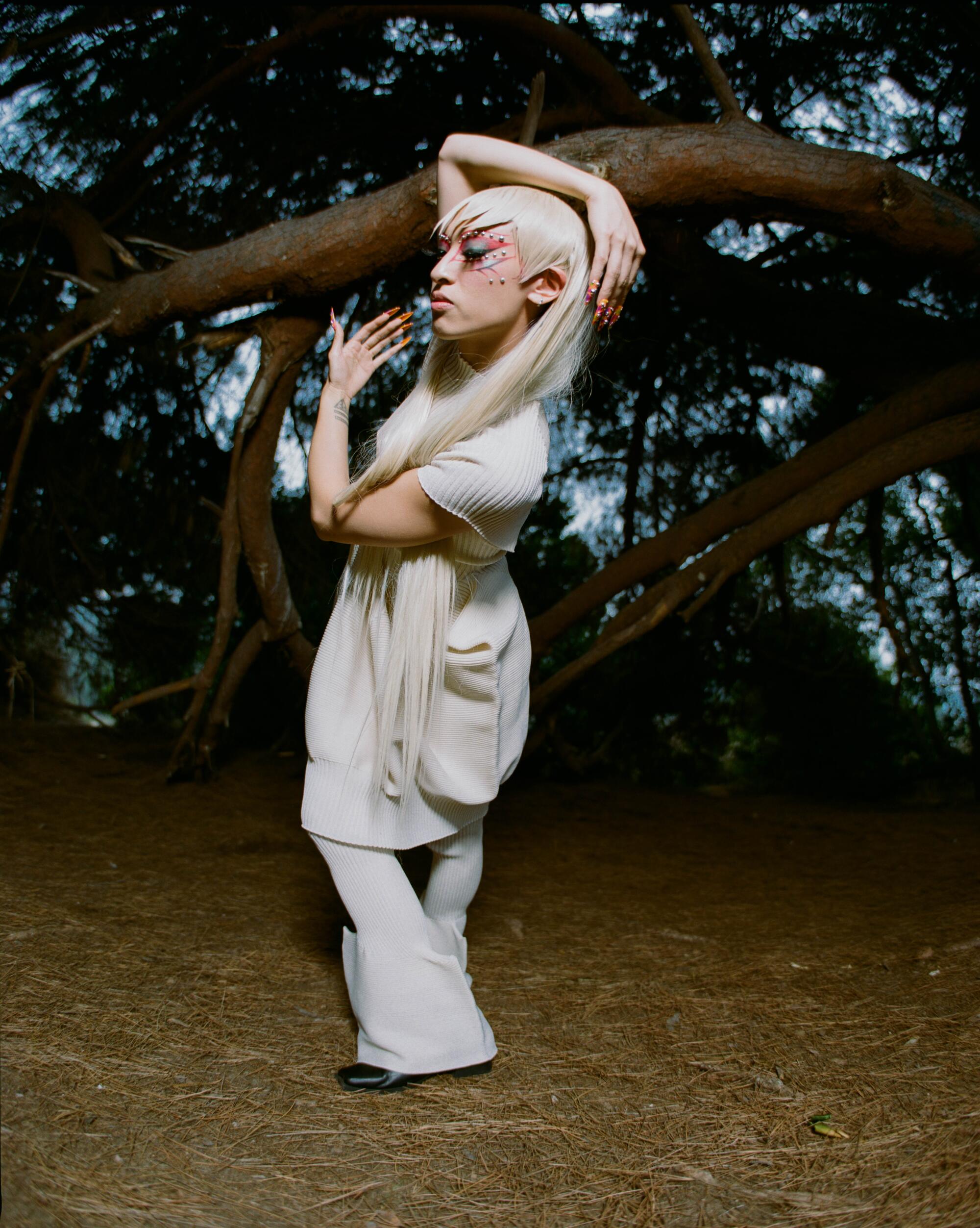
Miyake often cut clothes by laying the fabric flat, which gives them a geometric appearance like origami or a paper lantern before it unfurls. He was taken with the idea of “a piece of cloth,” which was both the name of his 1976 show and his later line APOC, as a philosophy of reducing waste. His clothes — as well as those of his fellow Japanese avant-gardists like Yohji Yamamoto and Rei Kawakubo — have a keen interest in the space between the body and the clothing. This idea, known as ma (a lacunae, a pause), is counterintuitive to Western aesthetics designed to showcase the body. “These clothes don’t touch the body. They float around it,” French fashion designer Sonia Rykiel once observed. “I think these designers are afraid of the body.”
And yet these clothes are often more daring in their imagination, more expansive with possibility. Issey Miyake’s designs reach out into space, in the form of pleated staircases or capes that curl like an exoskeleton. If you think of clothing as an extension of one’s being, this is a fantastic idea: that we are more than our physical shape. Indeed, what looseness does is cultivate mystery. The space between the flesh and the fabric extends to the gap between the wearer and the beholder: The body is not readily apparent. The clothes suggest you can keep things to yourself and that not everything is for public consumption. These are private pleasures.
The latest fall collection in stores now, designed by Satoshi Kondo, is a meditation on the square, and they appear in warped and abstracted forms: a gray-and-teal checkered minidress in a shrunken fabric that puffs out like pimples; a jumpsuit that spans outward like a painter’s canvas; a rectangular hat that only covers the front half of the head; a box-shaped purse that pulls out to look like a layer cake. My boyfriend tried on the jumpsuit, which he discovered could be worn at the chest or down at the waist. A knit skirt with square sleeves coming off the sides presented similar dilemmas on how it should be worn. You could put your legs through the opening at the bottom, so the garment would hang like a sweater tied around the waist, or through the sleeves for a Seussian drop-crotch effect. A place like Issey Miyake feels like a playground — versus, say, the intimidating “quiet luxury” of Brunello Cucinelli — because you don’t always know how to wear something and part of the fun is in figuring it out.
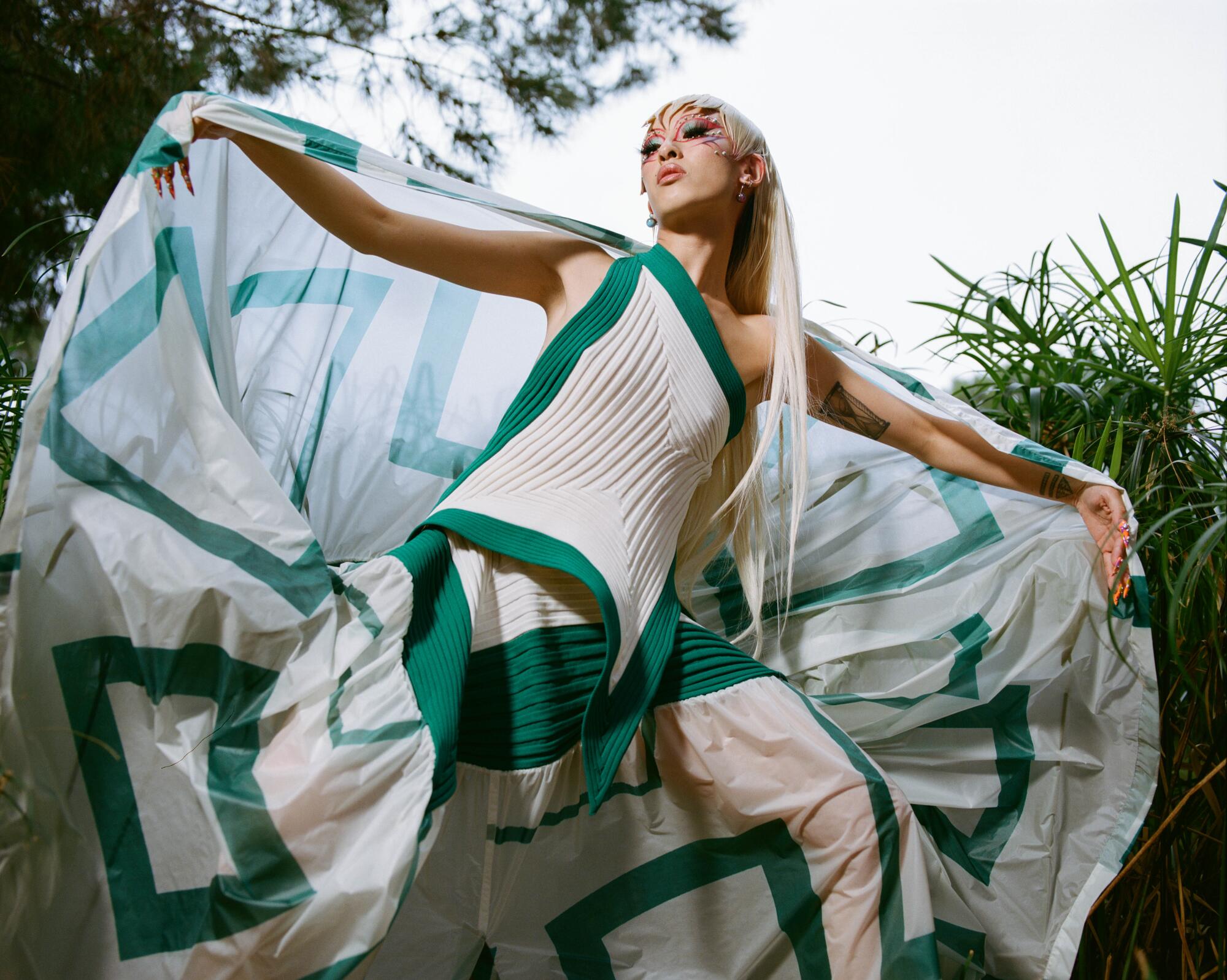
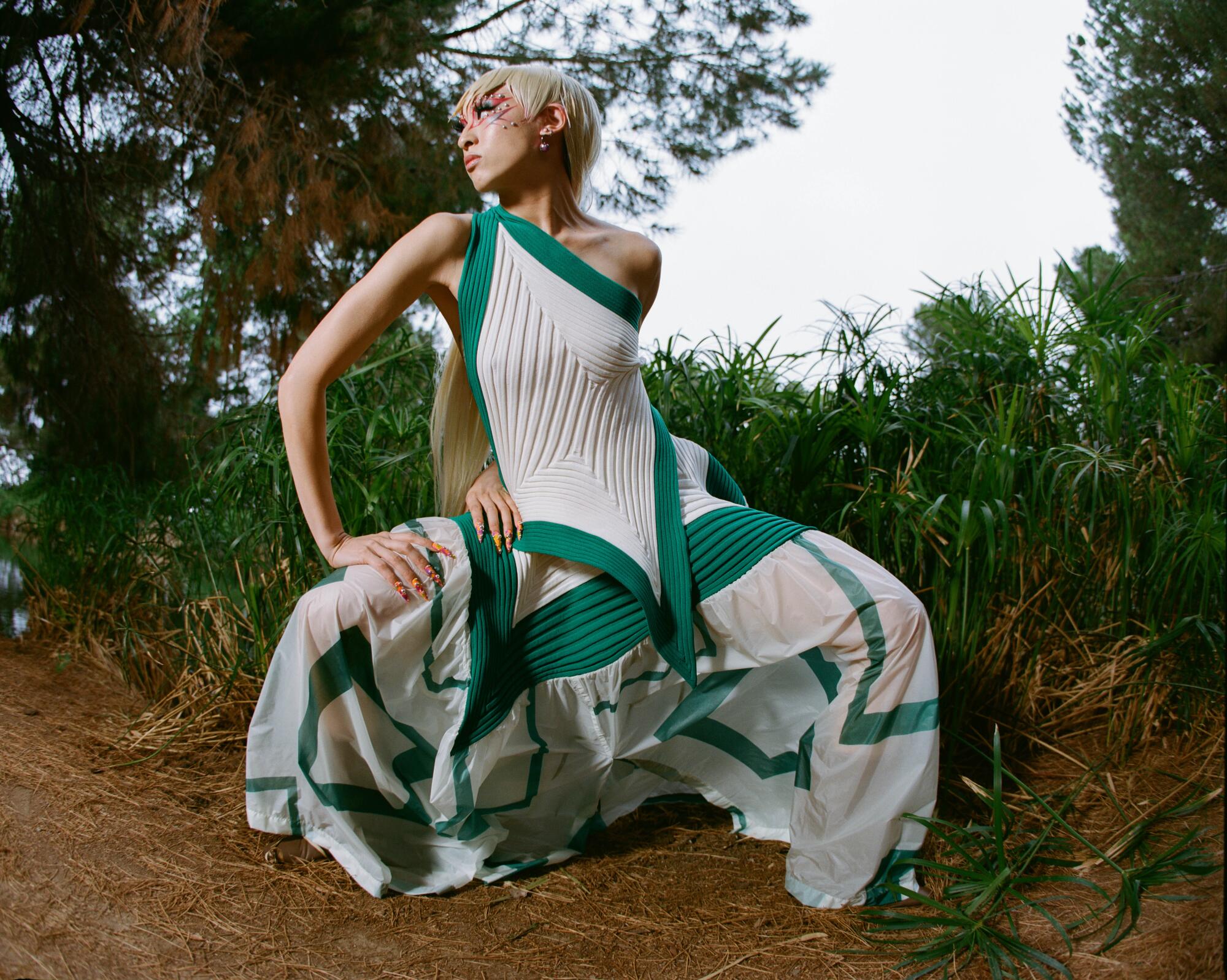
For Christmas I had gotten my partner the Madame T stole, a pleated piece of fabric almost nine feet long by three feet wide in a near-transparent black. There is a slit in the center that you can put your head through and allow the fabric to cascade around your body like a Gothic caftan. You can wear it as an obi-like belt here, or a one-shoulder moment there. As a stole, a shawl or a kimono. There are video tutorials dedicated to the various ways the wearer can transform the garment by tying, twisting, knotting and wrapping it around the body. It is an expression of the universe within a single piece of cloth.
The stole comes from Miyake’s Pleats Please line, a name that is at once a request and a declaration. The clothes are light, machine washable, mix-and-matchable and easy to stash in a carry-on. The pleats contain dualities: From a distance the fabric looks hard like corrugated metal, but on the body it’s supple. The small consecutive folds break the flat plane, adding dimension, space and texture. There are ludic delights inside these grooves. Lain flat, the garments look like clothes for paper dolls: angular, boxy and wide. If you were to stretch the fabric, it would grow to three times its size. Release, and it returns to its original shape — clothes for the elasticity of modern life. Put them on and that all-important magic occurs when the garment touches the body and both come alive in symbiosis: skin and second skin.
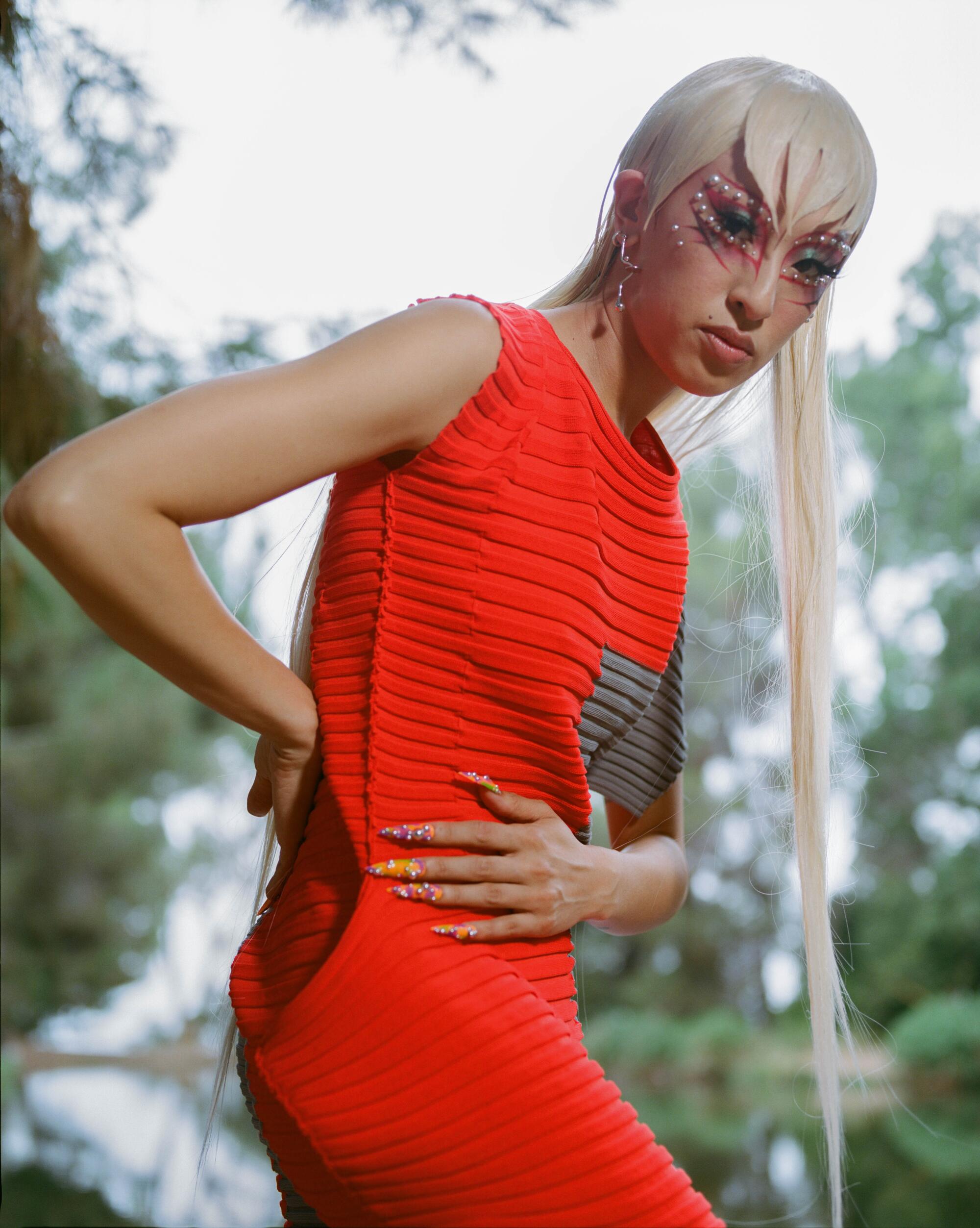
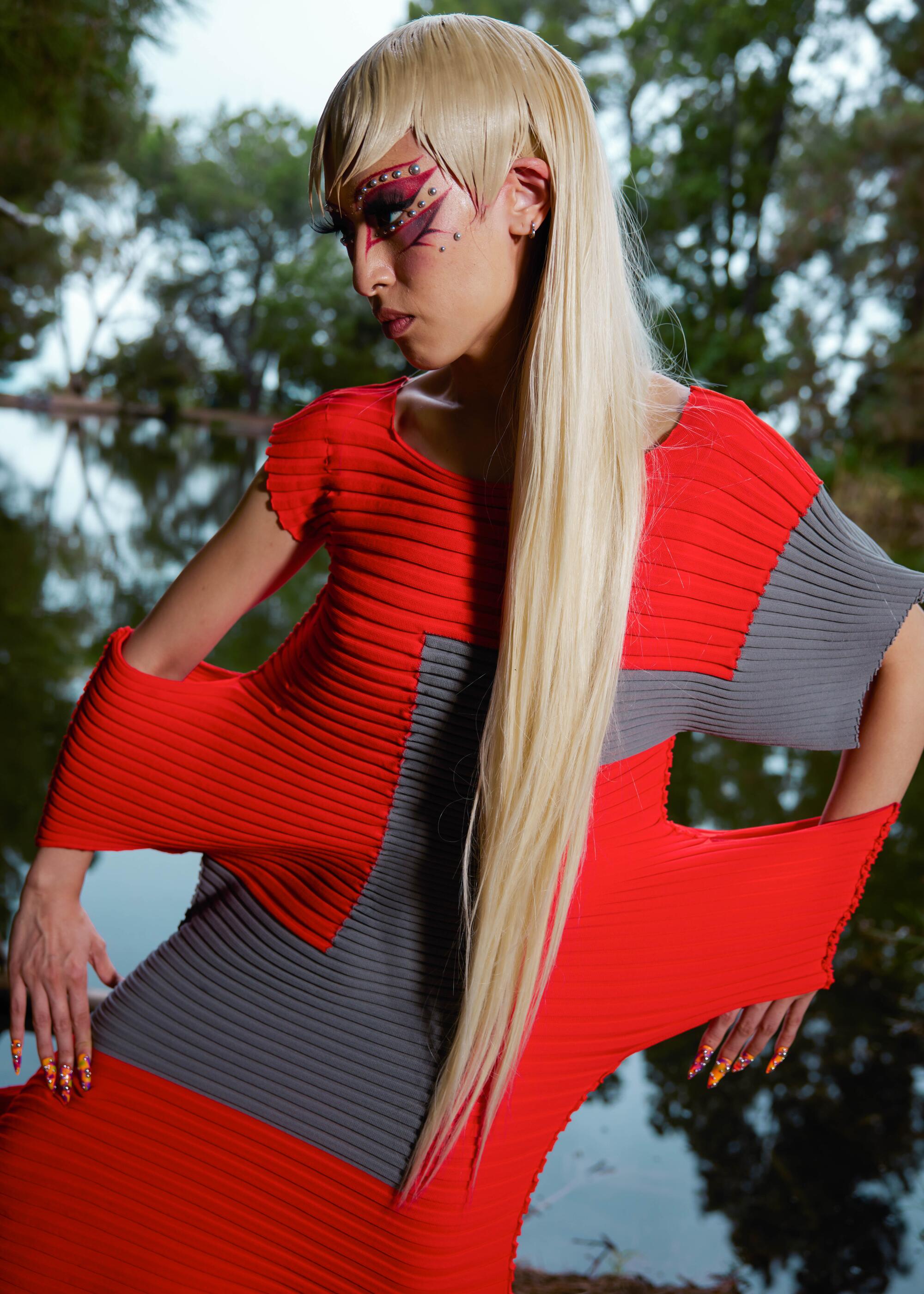
For much of his career, Miyake had been searching for an expression of universality. While studying under couturiers in Paris, his greatest education came from witnessing the protests of 1968. Young people, demanding radical change, wore jeans and T-shirts. After he returned to Japan to begin his namesake line, that spirit of liberation never left him. He experimented with unconventional materials like plastic and metal as well as more traditional styles of stitching like sashiko in attempts to find fresh purchase in familiar things. In the late ’80s, as women began entering the workforce en masse, he saw a pleated scarf and the idea began to unfold. His 1989 fall show is a gorgeous garden of mutant pleats. Choreographer William Forsythe saw them, and requested Miyake make something similar for his 1991 production “The Loss of Small Detail.” During the fitting, the dancers, disregarding size, wore whatever they fancied. Miyake realized he had found the design he had been looking for. “Neither couture nor fashion, Pleats Please are ‘simply clothes,’” he said. “By sending Pleats Please out into the world, I feel I have finally become a designer.”
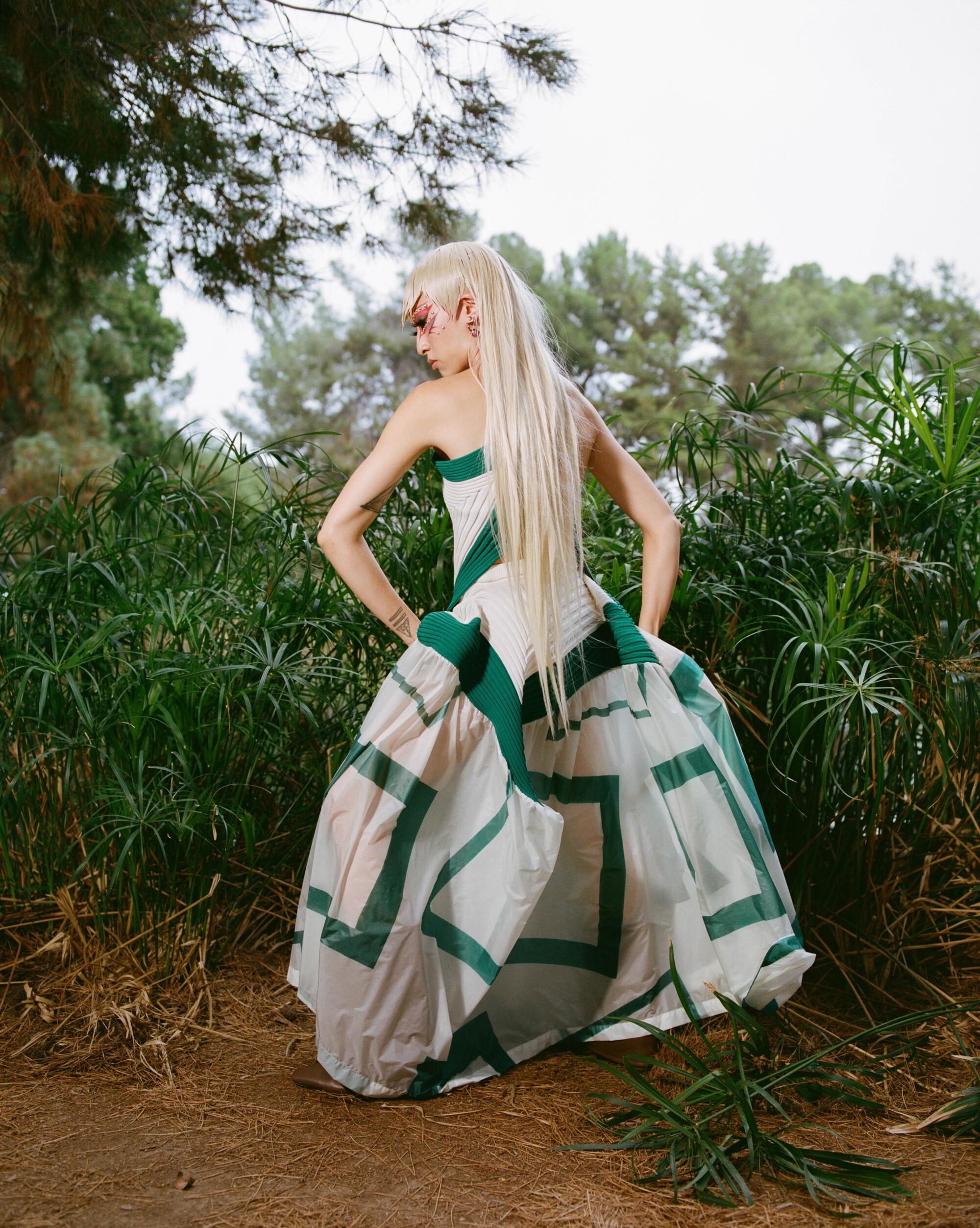
Issey Miyake died in 2022 at the age of 84. It was a longer life than he had imagined. He had survived the bombing of Hiroshima at the age of 7 only to lose his mother to radiation poisoning and develop a bone-marrow disease. In 1952, sculptor Isamu Noguchi designed handrails for two bridges in Hiroshima Peace Park that left a deep impression on a teenage Miyake. The handrails running east curled upward like heliotropic flowers reaching for the sun, and those running west fell like dried stalks. They were called Ikiru (to live) and Shinu (to die), later renamed Tsukuru (to build) and Yuku (to depart).
“I have never chosen to share my memories or thoughts of that day,” Miyake wrote in a rare public statement expressing his support for nuclear disarmament. “I have tried, albeit unsuccessfully, to put them behind me, preferring to think of things that can be created, not destroyed, and that bring beauty and joy.” Issey Miyake’s work is an expression of the resilience of art, that the will to create can be more powerful than that to destroy. Pleats, what he called his greatest contribution to design, are a memory fabric — the polyester material is sandwiched between sheets of paper and pressurized under immense heat to form the folds. The garment emerges and remembers, forever changed and beautiful.
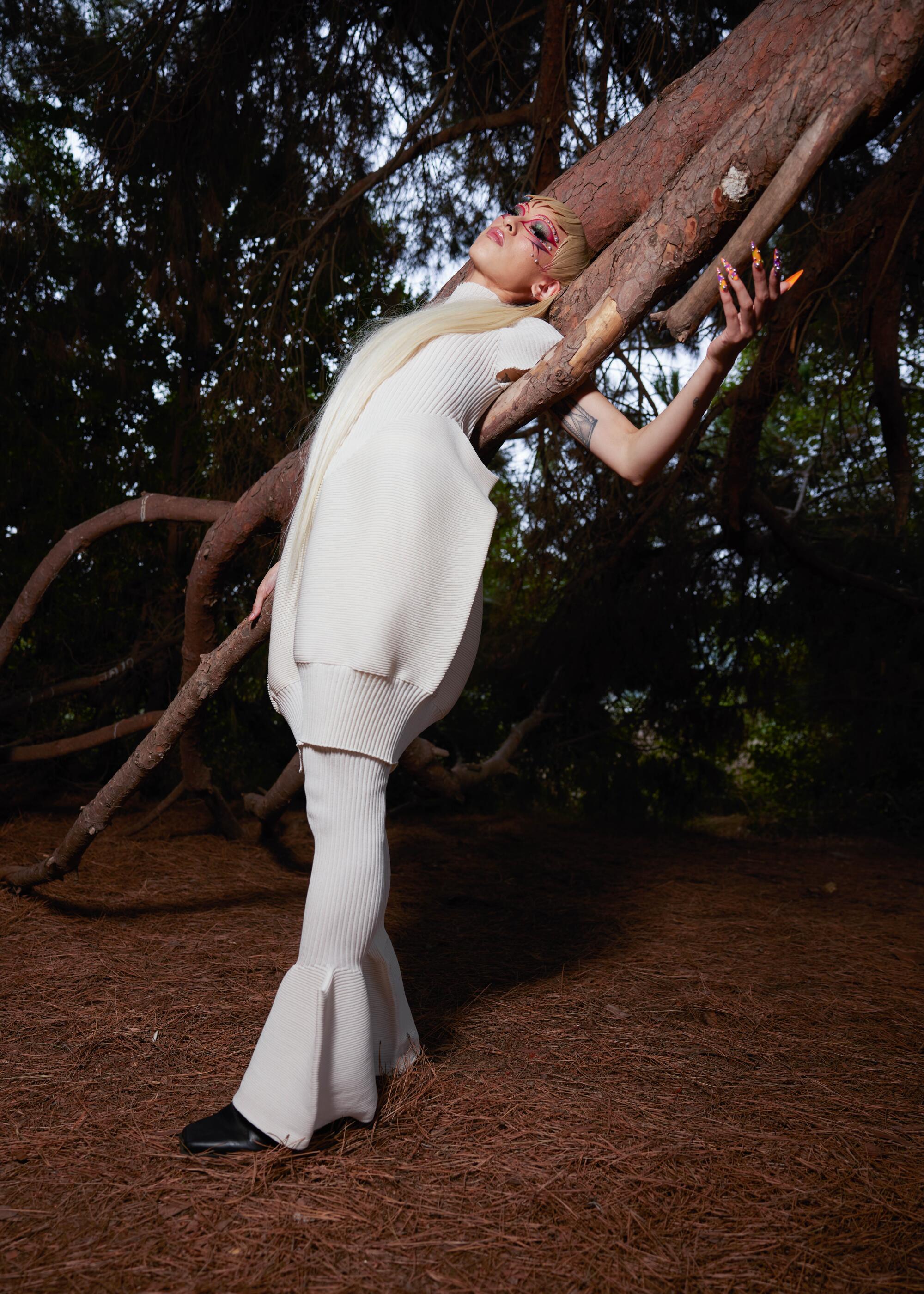
Model: Jess Hu
Makeup: Selena Ruiz
Hair: Tanya Melendez
Styling assistant: Lizbeth Garcia
Location: Ernest E. Debs Park
E. Alex Jung is a writer at New York Magazine.


